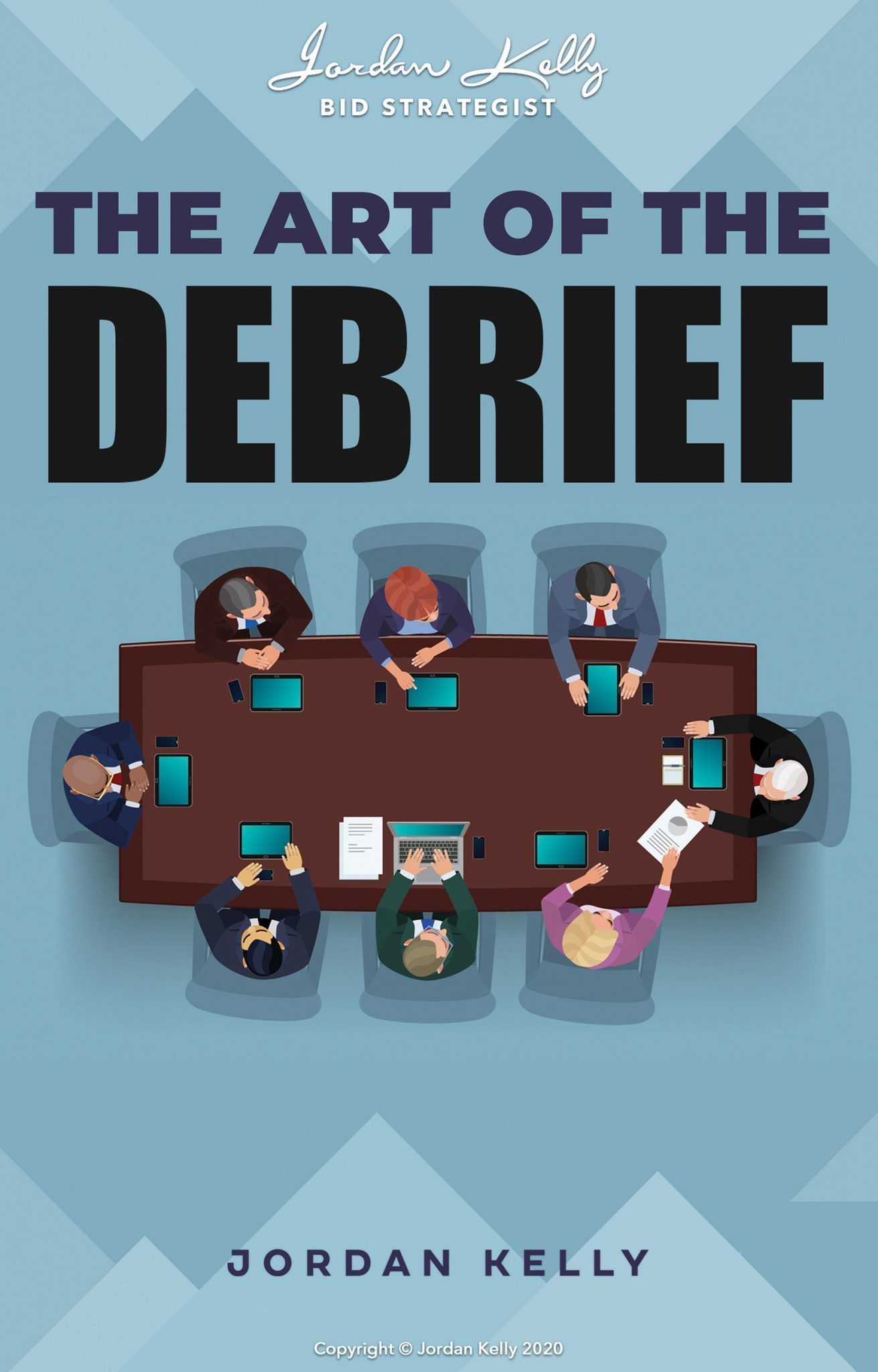CATEGORIES:

I’m always surprised at how many people think they’re great listeners . . . but aren’t.
Mere surprise gives way to real concern, however, when it comes to poor listening skills on the part of customer-facing operatives (especially business development executives – “BDs”) in any of my client organisations.
The discrepancy between the way poor listeners see themselves (i.e. the many who see themselves, ironically, as good listeners) and the reality of their communications performance, has its roots in a simple distinction: listening versus hearing.
Listening and hearing aren’t always the same thing. Sometimes they are, but often they’re not. It depends on the orientation and attitude of the “listener”.
A BD, for instance, can have many different ways of “listening”. Here are a few:
• Cursory Listening
This is “quick and dirty” listening, often the type of listening extended when the “listener” is “mentally multi-tasking”, or not deeply interested.
• Shallow Listening
Closely related to cursory listening, this is the type of listening that takes place when the BD or other customer-facing operative is of the belief that he or she already knows what the customer/client is about to say, already understands their problem/objective, and/or already knows the solution . . . or at least the solution it suits themselves to propose.
Needless to say, this form of listening is often underpinned by arrogance – an attitude that has no place in the toolkit of a sharp BD.
• Inquisitive Listening
Moving into the more productive forms of listening, “inquisitive listening” is the first step towards real client-centricity, real problem-solving. Unlike the former brands of listening, it’s a mode in which the BD genuinely “hears” the client or customer.
In this more (but not yet peak) strategic form of listening, the BD is able to gather and identify components of information that are critical to the formulation of a solution. That is, of course, if the BD is genuinely driven by the desire to act in the customer’s or client’s best interests, in terms of the solution to be arrived at.
• Strategic Listening
In this optimum form of listening, the business development operative hears the client at a very deep level.
He picks up on his or her key motivating forces – the pain the organisation wants to avoid; the rewards sought both by the organisation, key stakeholders and personnel; the fears; the areas in which they seek clarity and direction over pre-existing confusion and indirection, and other intangibles.
In this form of listening, the BD “listens between the lines”, empowering himself or herself with the ability to ask progressively more insightful questions.
The BD that can perform at this level is also one who understands that information does not, in and of itself, constitute intelligence. He or she knows, however, that the answers to well-considered, quality questions loan themselves to conversion into valuable intelligence.
The business development or other client-facing operative who has the smarts, the humility and the patience to listen at this level is a potential power tool to his or her organisation.
I say “potential” because it’s the manner and comprehensiveness of the information that makes its way back through that operative and onwards to the bid team, that will dictate its next level of value.
And it’s how that bid team then goes on to use it that will dictate its ultimate, bottom-line value.
BID COMMANDOS
On-Target Strategy for Mission-Critical Bids
(Training Program)
BID COMMANDOS is my "blockbuster", comprehensive, 11-module training program.
It's intricately formulated to ensure your team excels at every stage of a formal bidding process . . . from the initial bid/no bid analysis, through research and intelligence-gathering, through the strategy development and documentation process, through strategic and compelling writing and competent editing, and on through the shortlistee presentation stage, right through to optimisation of client de-briefing session/s.
THE ART OF THE DEBRIEF

(Training Program)
The key to getting the best value from any de-briefing session offered to you is to plan carefully, in order to extract every possible clue from the process.
This two-module training provides step-by-step, real-time guidance to assist you in maximising the intel and insights available from the de-briefing opportunity.
It also guides you along as you seek to ensure the
permanence
of the insights obtained, and the incorporation of their value into future bidding processes.



